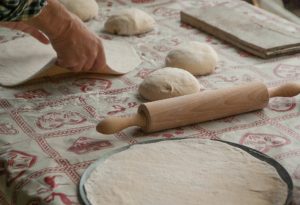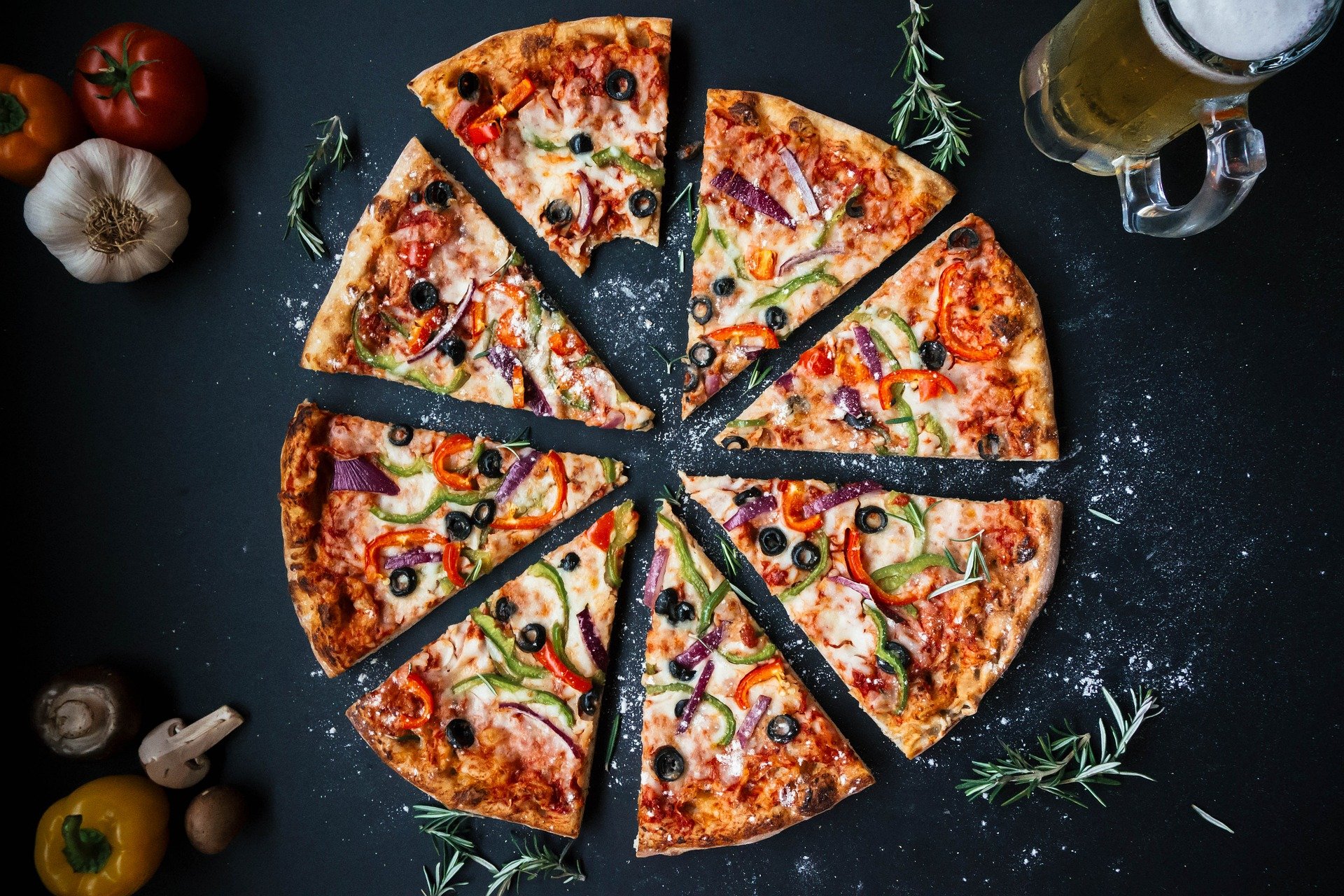Pizza has achieved almost legendary status in American pop culture. From the near feature role it played in ninja turtles to the fervent battles over which is best: New York, Detroit, or Chicago. And if Chicago deep dish is even pizza or just a tomato sauce casserole. However, I want to discuss the tried and true freezer staple of college students everywhere: frozen pizza. Specifically, I’d like to discuss how to dress up a plain old boring frozen pizza into something that is not only satisfying but perhaps approaching delicious.
PIZZA BASICS

Image by jacqueline macou from Pixabay
To begin with we need to discuss frozen pizza itself. The lower tier brands in the under $8 market are usually incredibly salty with wilted vegetables and questionable meats. I would suggest if you’re going for one of these brands to buy a plain cheese pizza. As for the more expensive brands like Amy’s Organics you might not even need to do much to it. Now that you have your store brand thick crust, cheese pizza let’s discuss toppings. The first suggestion is to add more cheese. Not American! I find slices of provolone or mozzarella are the tastiest. You’ll want to avoid shredded cheese as it is usually coated in potato starch or a chemical that keeps it from sticking together in the bag. This prevents it from melting like sliced cheese does.
SAUCES AND SPICES

Image by photosforyou from Pixabay
Next, we will discuss spices and sauces. A very quick and easy recommendation is to melt some butter in the microwave then add garlic powder and a splash of olive oil. Stir this mixture up and brush it onto the crust of the pizza before cooking. Not only will this lend a delicious garlic flavor to the crust, the olive oil will help the crust brown while preventing the butter from burning. Hot sauce is also another must for me. You can find vinegar sauce for less than $1 per bottle at the grocery store. It is tangy and delicious and cuts through the fat of the cheese wonderfully. Finally, dry spices like cracked black pepper, oregano, thyme, or marjoram. Add the dry spices when there are about 5 minutes left to cook in order to prevent them from burning in the hot oven.
TOPPINGS

Image by Hans Braxmeier from Pixabay
Lastly, for flavor additions, there are toppings. Any fresh vegetables are almost always a good choice. From zucchini to artichoke hearts to tomatoes to spinach the options are endless. Remember you might have to precook some of the veggies or in other cases add them after the pizza has been in the oven. Cooking the veggies evenly, so that they are finished when the pizza is finished is essential for maximum flavor. This holds true for the next topping: meat. I suggest buying some cheap, raw sausage. You can precook it in a pan then add it near the of the pizza cooking time.
PULLING IT ALL TOGETHER
My final tip is don’t be afraid to let the pizza cook longer than what the box says. Usually, it will specify a range of 15-20 minutes. But depending on your oven and how crispy you like your crust it’s okay to let it cook 2-3 minutes longer. Especially if you’ve been opening the oven door to add toppings near the end of cooking. Overall, pizza is a culinary classic, and if you don’t feel like venturing to a restaurant during a pandemic or simply don’t want to put real clothes on, I suggest jazzing up a frozen pizza. The results can be surprising and delicious. Finding a balance between nutrition, cost, and flavor can be challenging, but with attention to detail and trust in yourself that you can make something delicious you would be surprised how inexpensive a semi-nutritious meal can be. Check back next week when we will be covering one of the most flavorful culinary traditions: burritos. We will be discussing fool proof easy burritos and also a burrito recipe that is slightly more challenging yet rewarding!
ABOUT THE AUTHOR
Richard Ramsey
Student Author - Fall 2020






